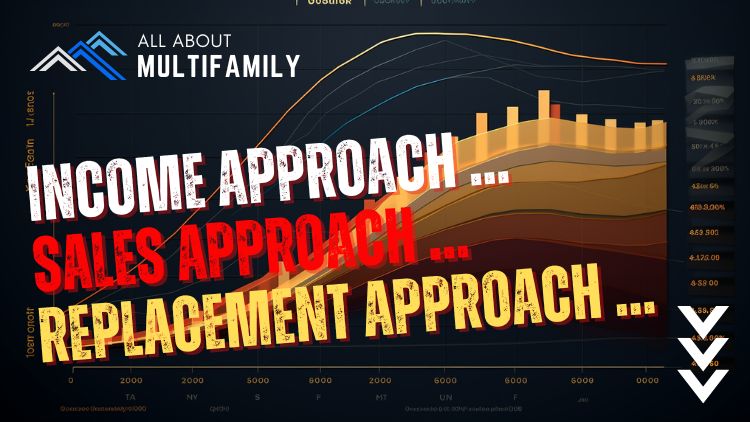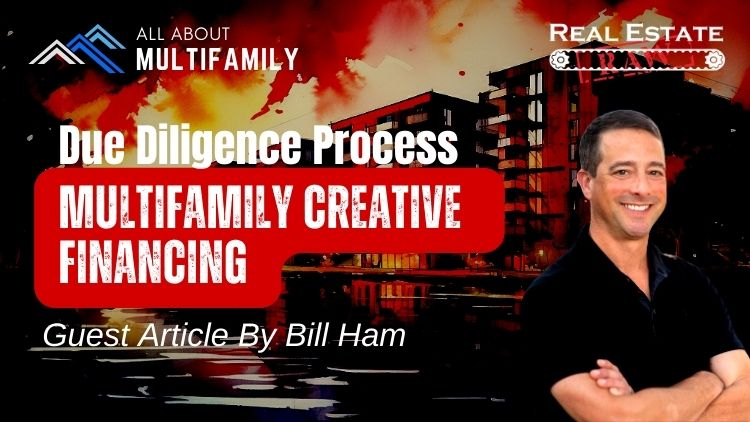In the realm of real estate, the winds of change are blowing, and seasoned investors are raising caution flags about an impending correction of unprecedented proportions. As the United States enters what some experts are calling the ‘greatest’ correction of our lifetime, real estate investors find themselves at a critical juncture, faced with challenges that demand astute decision-making and strategic planning.
The Warning Signals:
1. Macro-Economic Factors: The current economic landscape is rife with indicators that have set off alarm bells for experienced real estate investors. Rising interest rates, inflationary pressures, and global economic uncertainties are converging to create a perfect storm that could impact property values and investment returns.
2. Housing Market Dynamics
The housing market, once considered a bastion of stability, is now exhibiting signs of strain. Skyrocketing home prices, coupled with a shortage of affordable housing, have created an environment where potential buyers are hesitant to enter the market. This imbalance between supply and demand could trigger a significant correction, affecting both residential and commercial real estate.
3. Federal Reserve Policy Shifts:
Investors are closely monitoring the Federal Reserve’s policy decisions, particularly its approach to interest rates. As the central bank adapts its stance to combat inflation, the real estate landscape is poised for a seismic shift. Higher interest rates could lead to decreased demand for mortgages and, subsequently, a decline in property values.
4. Changing Demographics:
The evolving demographic landscape plays a pivotal role in shaping real estate trends. As younger generations delay homeownership and opt for alternative living arrangements, such as renting or co-living spaces, traditional real estate models may face disruption. Investors must adapt to these changing demographics to thrive in the evolving market.
Strategies for Navigating the Correction:
1. Diversification:
To weather the storm, savvy investors are diversifying their portfolios. This may involve exploring alternative real estate assets, such as commercial properties, industrial spaces, or even innovative ventures in the emerging proptech sector. Diversification can mitigate risks associated with a downturn in any specific segment of the real estate market.
2. Conservative Financing:
In a rising interest rate environment, conservative financing becomes crucial. Investors should reassess their debt structures, opting for fixed-rate mortgages to lock in lower interest rates and protect against potential future increases. Prudent financial planning is paramount to withstand the challenges of a corrective market.
3. Market Research and Due Diligence:
Staying ahead of market trends requires meticulous research and due diligence. Investors must be proactive in assessing local market conditions, evaluating the potential impact of economic indicators, and staying informed about regulatory changes. An informed investor is better equipped to make strategic decisions in the face of uncertainty.
4. Adaptability and Innovation:
The real estate landscape is evolving, and successful investors are those who embrace change and innovation. Adapting to new technologies, exploring sustainable and resilient building practices, and identifying emerging market niches are essential for staying ahead of the curve.
Conclusion:
As the storm clouds gather on the horizon of the U.S. real estate market, investors must heed the warnings of those who have weathered past corrections. The ‘greatest’ correction of our lifetime demands a proactive and strategic approach, where adaptability, diversification, and prudent financial management become the cornerstones of success. While challenges loom large, opportunities abound for those who navigate the shifting tides with foresight and resilience.




































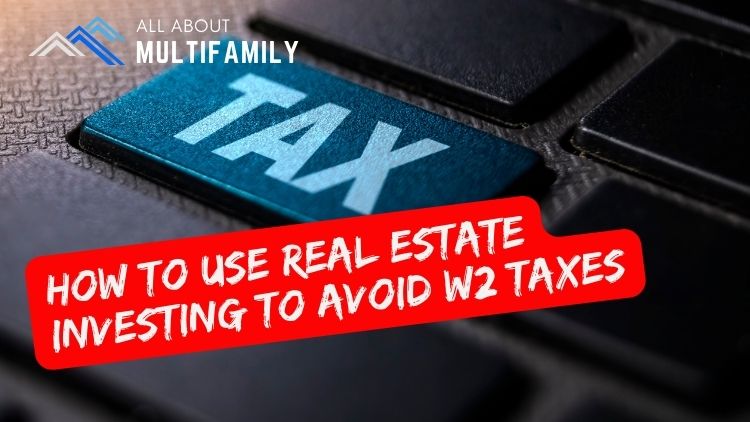









![An In-Depth Look at Jake and Gino's Coaching Program [A Review]](https://allaboutmultifamilyinvesting.com/wp-content/uploads/2023/10/AAM-BMP-Blog-Covers-750-×-422px-6.jpg)


![Email Marketing Tips for Multifamily Real Estate Syndicators to Raise Capital [Templates included]](https://allaboutmultifamilyinvesting.com/wp-content/uploads/2023/09/AAM-BMP-Blog-Covers-750-×-422px-4.jpg)


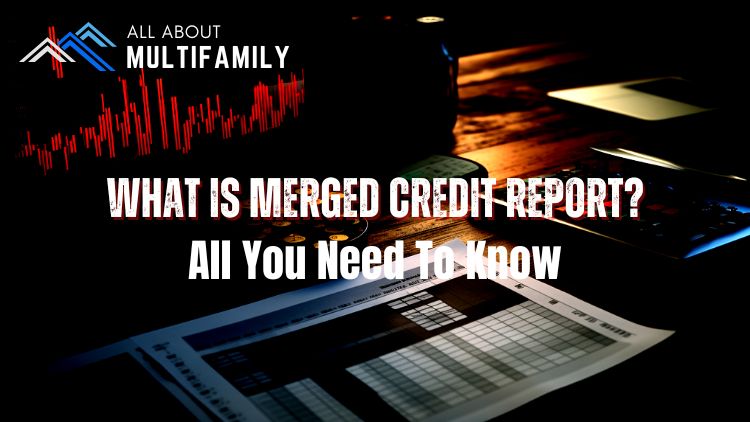
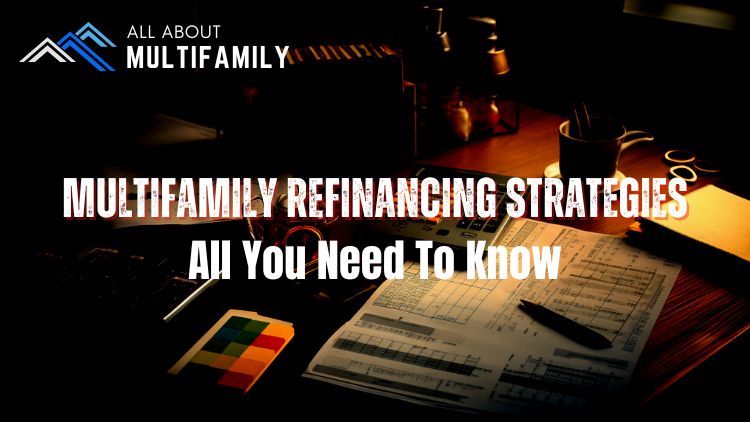


![The Richest Kids In America [Book Review]](https://allaboutmultifamilyinvesting.com/wp-content/uploads/2023/09/AAM-BMP-Blog-Covers-750-×-422px-84.jpg)









